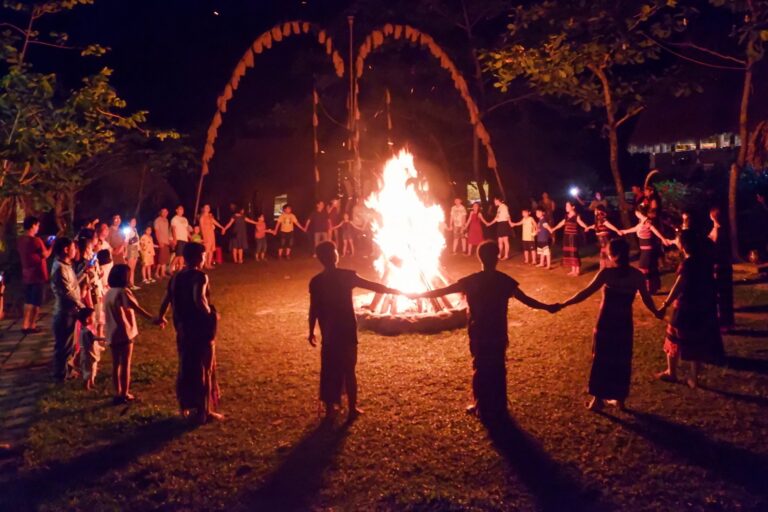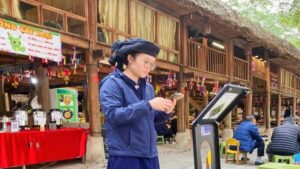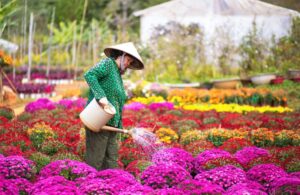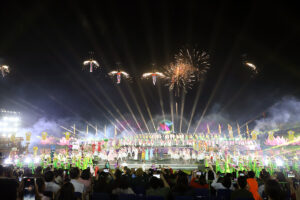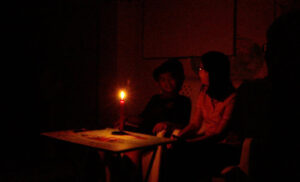Keo Pagoda, one of Vietnam’s most famous spiritual destinations, is home to two priceless national treasures and remains a well-preserved masterpiece of Le Dynasty architecture.
Keo Pagoda, one of the most renowned spiritual destinations in northern Vietnam, has been welcoming a surge of visitors during the Lunar New Year season.
With its centuries-old architecture and vibrant spring festival, the pagoda continues to be a cultural and religious landmark.
Keo Pagoda: A spiritual and cultural gem of Thai Binh
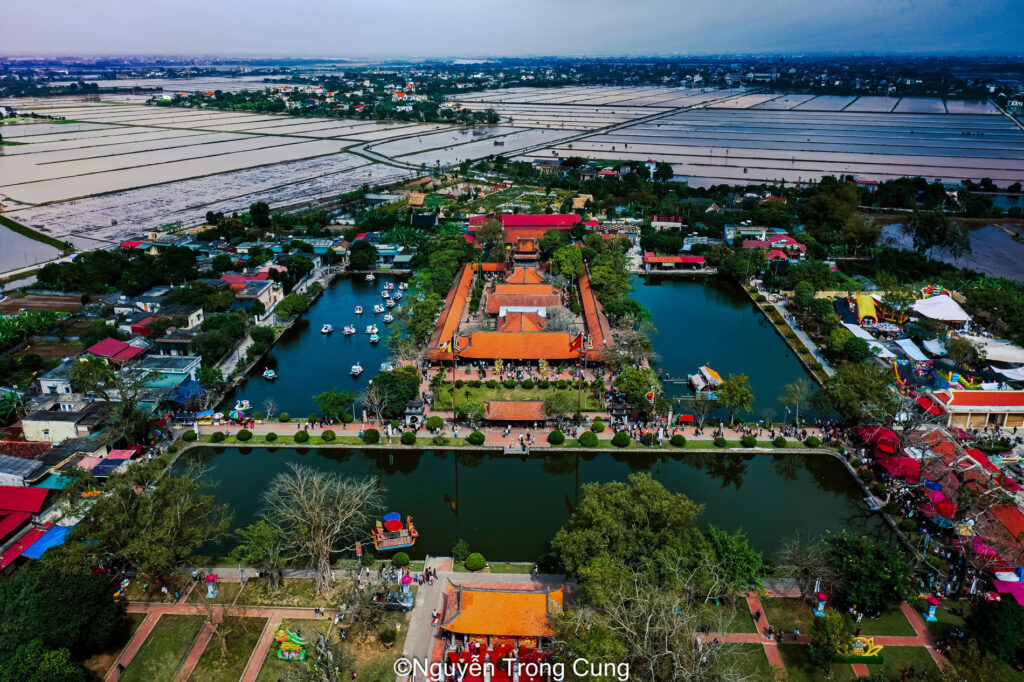
Keo Pagoda is a famous spiritual tourism site in Thai Binh. Photo: Nguyen Trong Cung.
Located in Duy Nhat Commune, Vu Thu District, Thai Binh Province, Keo Pagoda sits more than 100 kilometers from Hanoi.
Every year, especially after Tet, the pagoda draws thousands of visitors who come to pray for good fortune and admire its serene beauty.
This year’s Keo Pagoda Spring Festival spans five days, from February 1 to February 5 (the 4th to the 8th day of the Lunar New Year), featuring a variety of traditional cultural activities.
The most anticipated event is the ceremonial calligraphy ritual, where people line up to receive handwritten blessings from calligraphy masters.
Other engaging activities include drum performances, water puppetry, boat singing, fire-starting competitions, and traditional cooking contests.
Preserving ancient architecture and national treasures
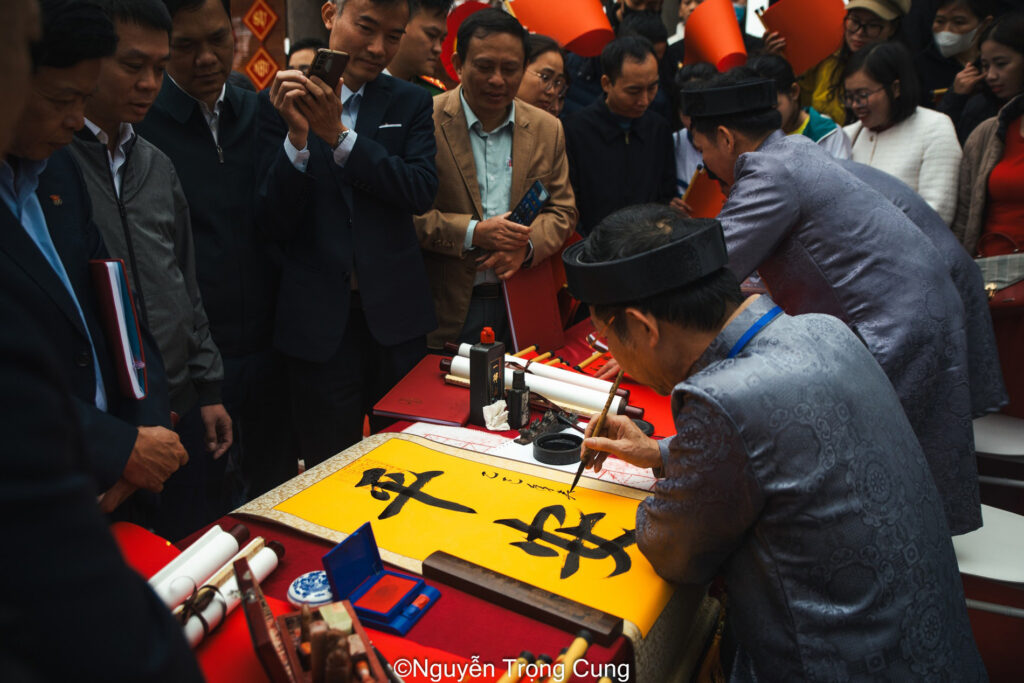
Visitors line up to receive calligraphy blessings during the ceremonial calligraphy ritual at Keo Pagoda. Photo: Nguyen Trong Cung.
According to historical records, Keo Pagoda was constructed between 1630 and 1632 and originally spanned an area of 58,000 square meters.
Despite hundreds of years of history, it has retained its original Le Dynasty architectural style, characterized by elegantly curved roofs, ironwood columns, and intricately carved dragon motifs on its wooden doors.
The pagoda complex consists of 17 structures with 128 compartments, designed in a "nội công ngoại quốc" (inner-courtyard, outer-perimeter) architectural layout.
One of its most striking features is the 11-meter-tall bell tower, which has three-tiered roofs supported by intricately stacked wooden beams.
The tower's wooden framework is joined together without nails, demonstrating remarkable craftsmanship from the era.
In 2012, Keo Pagoda was officially recognized as a National Special Relic, further solidifying its historical and cultural significance.
Home to two priceless national treasures
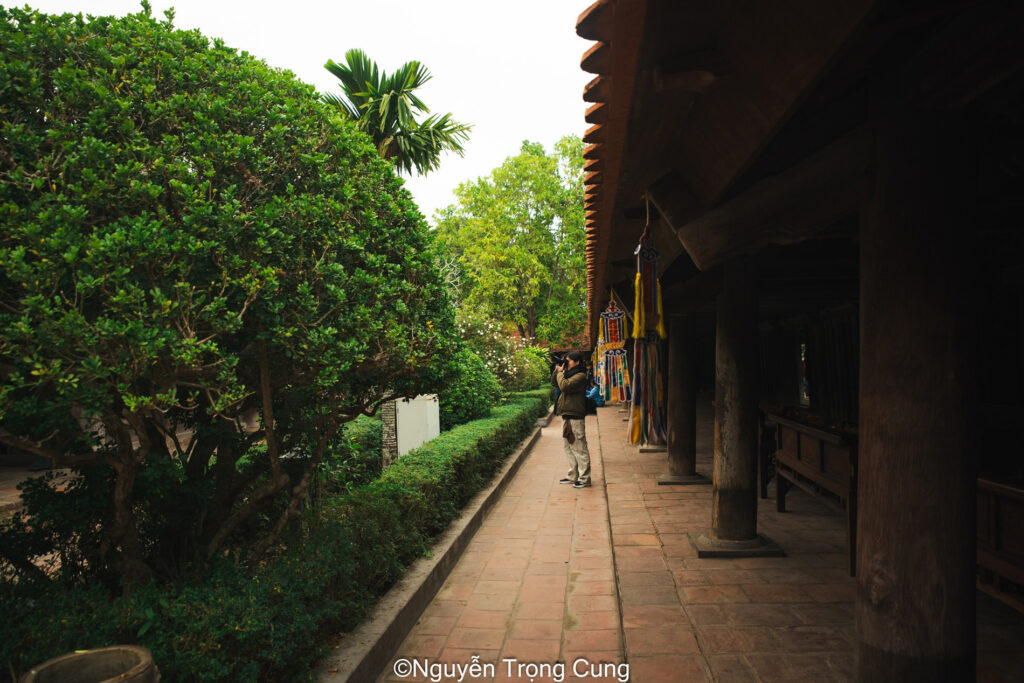
The tranquil beauty of Keo Pagoda during the early days of the Lunar New Year. Photo: Nguyen Trong Cung.
Keo Pagoda is not only known for its magnificent architecture but also for housing 197 ancient artifacts, some dating back to the 17th century. Among these, two unique artifacts have been recognized as National Treasures:
The intricately carved wooden doors featuring dragon motifs, a masterpiece of wood craftsmanship that has remained nearly intact for centuries.
The ancient incense altar, a sacred relic that plays a central role in Buddhist ceremonies and rituals at the pagoda.
Exploring Thai Binh’s spiritual and culinary heritage
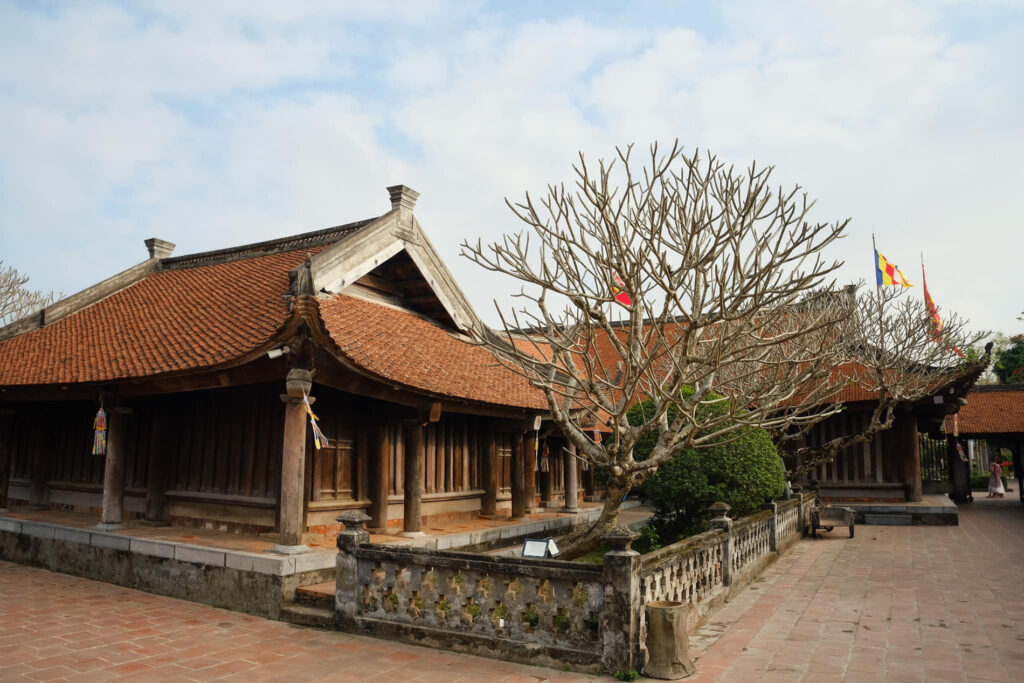
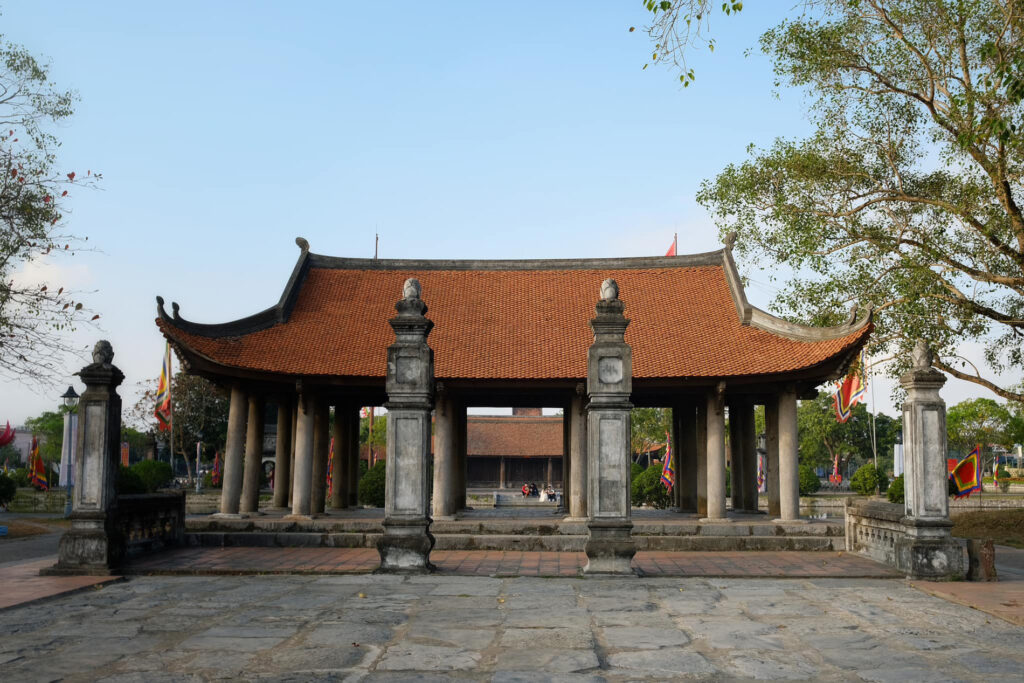
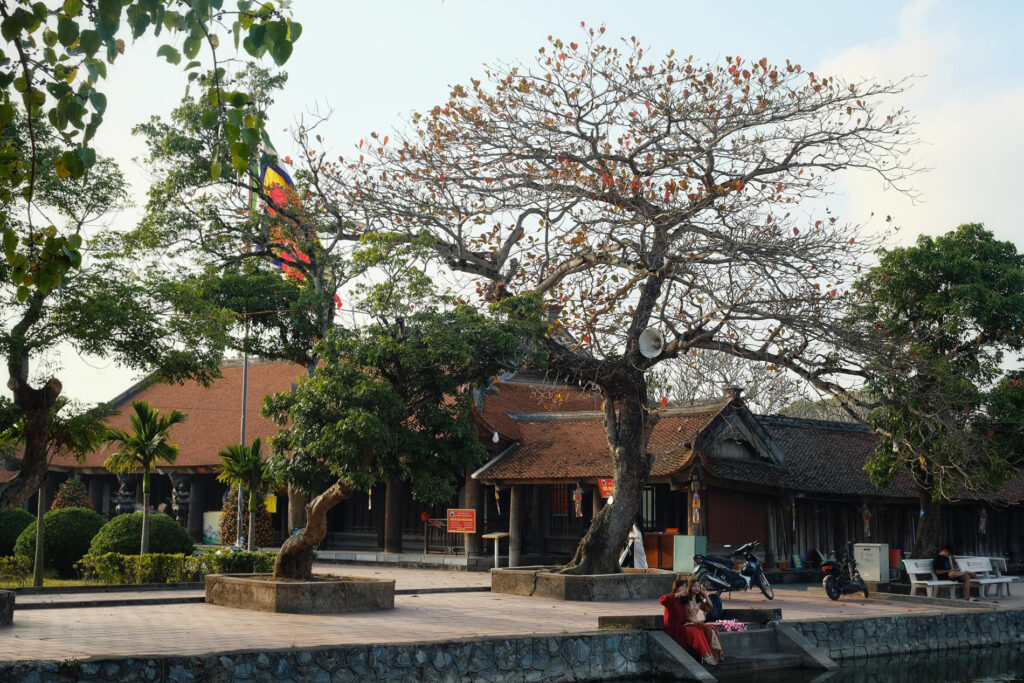
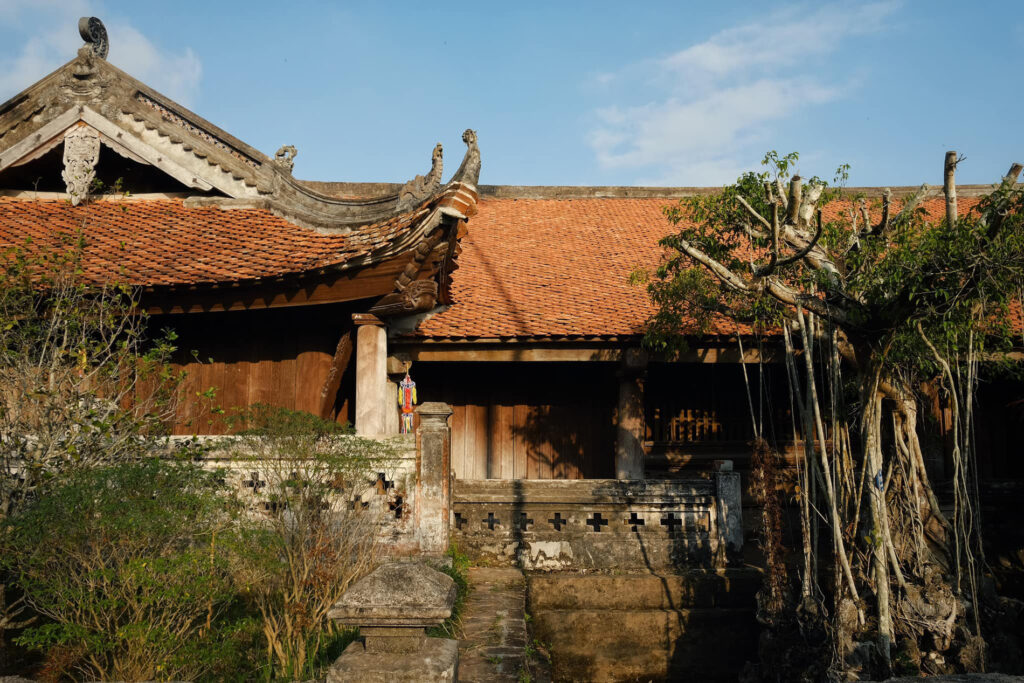
Recognized as a National Special Relic in 2012, Keo Pagoda preserves its historic Le Dynasty architectural style. Photo: Tuyen Parafu.
Visitors to Keo Pagoda can also explore other famous religious sites in Thai Binh, such as Am Vo Pagoda (Phong Chau, Dong Hung District), Tran Temple (Tam Duong, Tien Duc, Hung Ha District), Tien La Temple (Doan Hung, Hung Ha District), and Dong Bang Temple (An Le, Quynh Phu District).
Thai Binh is also known for its rich culinary traditions. Travelers should not miss local delicacies such as Quynh Coi fish soup, bun bung (pork rib noodle soup), goi nhech (fermented eel salad), Thai Thuy jellyfish salad, and Dai Dong black glutinous rice cake.
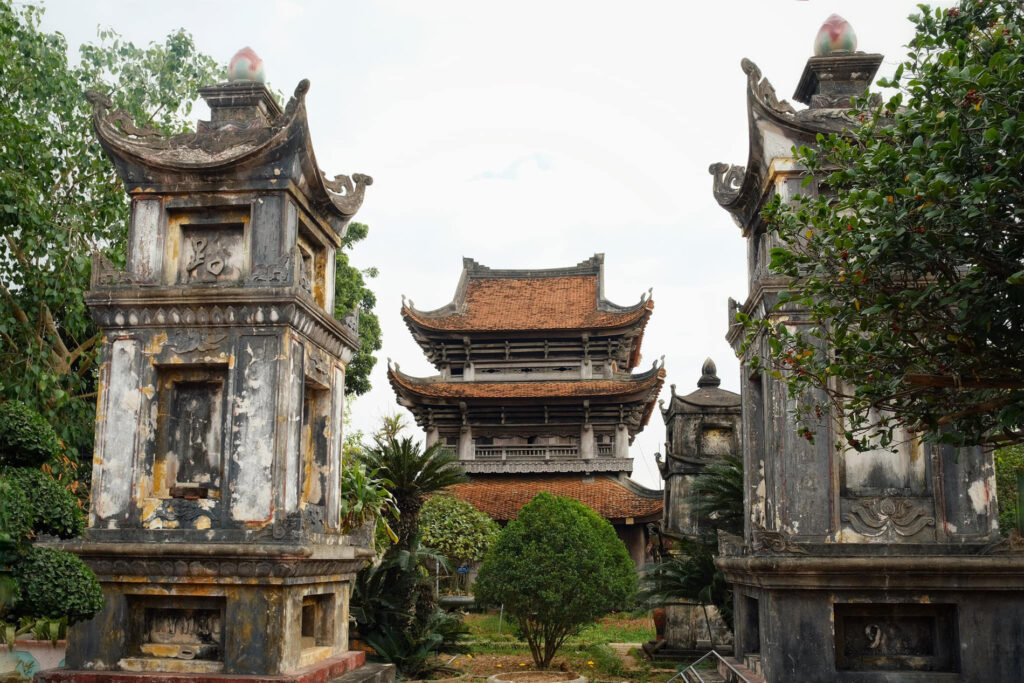
The bell tower is a signature architectural highlight of Keo Pagoda, showcasing traditional Vietnamese craftsmanship. Photo: Tuyen Parafu.
Thao Trinh



